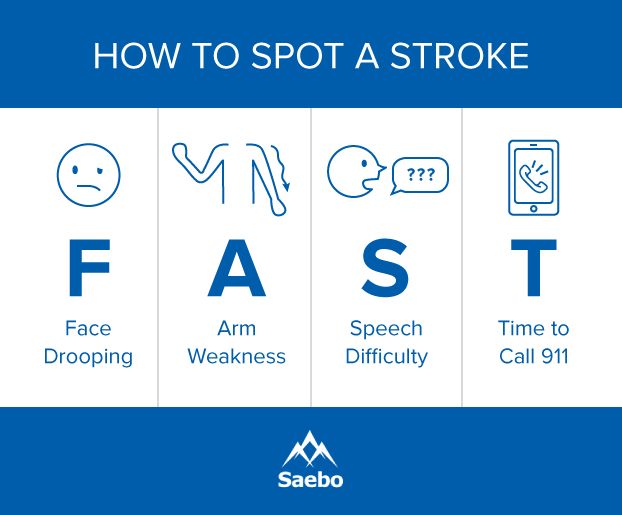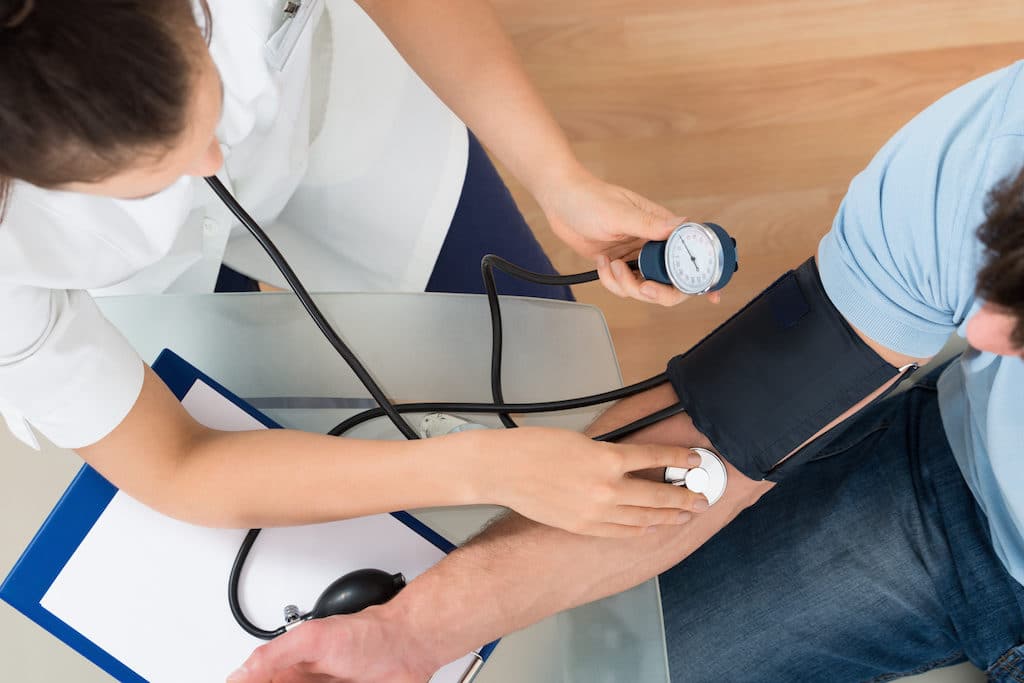How to Recognize the Signs of Stroke in Men


According to the Centers for Disease Control and Prevention (CDC), more than 795,000 Americans experience a stroke each year. 130,000 Americans die from stroke each year, making stroke the third most common cause of death in the United States.
The quicker you recognize the signs of stroke and seek medical care, the higher your likelihood is of having a successful recovery. Although strokes are the fourth leading cause of death in men, most men are unable to list even one sign of a stroke. It is important for men to know how to identify that a stroke is happening, steps they can take to prevent them, and what types of complications may arise from strokes.
Recognizing the Signs of a Stroke

The American Heart Association created a memory tool as an easy way to identify the signs of a stroke. If someone you know might be having a stroke, it’s important to think F.A.S.T.:
- Face Drooping
- Arm weakness
- Slurring of speech
- Time to call 911
Although F.A.S.T. can be an easy way to remember the signs of a stroke, there are several other symptoms to be aware of. These signs of a brain dysfunction include:
- Numbness or weakness of the face, arm, or leg, especially on one side of the body
- Dizziness
- Sudden headache with no cause
- Loss of balance or coordination
- Difficulty seeing in one or both eyes
- Confusion
- Inability to speak or difficulty understanding conversation
- Fatigue
- Stomach pain and/or nausea
Transient Ischemic Attacks

Some men may experience a transient ischemic attack (TIA), which is often called a “warning stroke” or “mini stroke.” Nearly 15 percent of all major strokes are preceded by TIAs. The symptoms of TIA are the same as the symptoms listed above, and can occur rapidly. Most will last fewer than five minutes. Although they rarely cause permanent injury to the brain, there is no way to tell if the clot is transient and will dissolve on its own without you seeing a doctor.
If you or a loved one experience a TIA, it’s important to seek medical attention immediately to prevent a stroke. For stroke survivors, having another stroke can signal that their treatment plan is not working and needs to be adjusted.
Risk Factors for Strokes

Age, gender, race, and family history can be risk factors for a stroke. African-American men, seniors, and those living in the southeastern United States are more likely to have a stroke.
However, there are still many preventable risk factors. Some of the risk factors that can cause strokes are:
- High blood pressure
- Atrial fibrillation
- Uncontrolled diabetes
- High cholesterol
- Smoking
- Excessive alcohol intake
- Being overweight
- Existing carotid or coronary artery disease
Life After Stroke: Complications and Recovery
Strokes are one of the leading causes of disability. Understanding the signs and symptoms can help you act quickly in the event of a stroke and prevent further complications. Complications from a stroke can either be a direct result of injury to the brain or caused by a change in your abilities. Common complications of stroke include:
- Brain edema
- Pneumonia
- Urinary tract infections
- Seizures
- Clinical Depression
- Bedsores
- Limb contractures
- Shoulder pain
- Deep vein thrombosis
All content provided on this blog is for informational purposes only and is not intended to be a substitute for professional medical advice, diagnosis, or treatment. Always seek the advice of your physician or other qualified health provider with any questions you may have regarding a medical condition. If you think you may have a medical emergency, call your doctor or 911 immediately. Reliance on any information provided by the Saebo website is solely at your own risk.
All content provided on this blog is for informational purposes only and is not intended to be a substitute for professional medical advice, diagnosis, or treatment. Always seek the advice of your physician or other qualified health providers with any questions you may have regarding a medical condition. If you think you may have a medical emergency, call your doctor or 911 immediately. Reliance on any information provided by the Saebo website is solely at your own risk.



